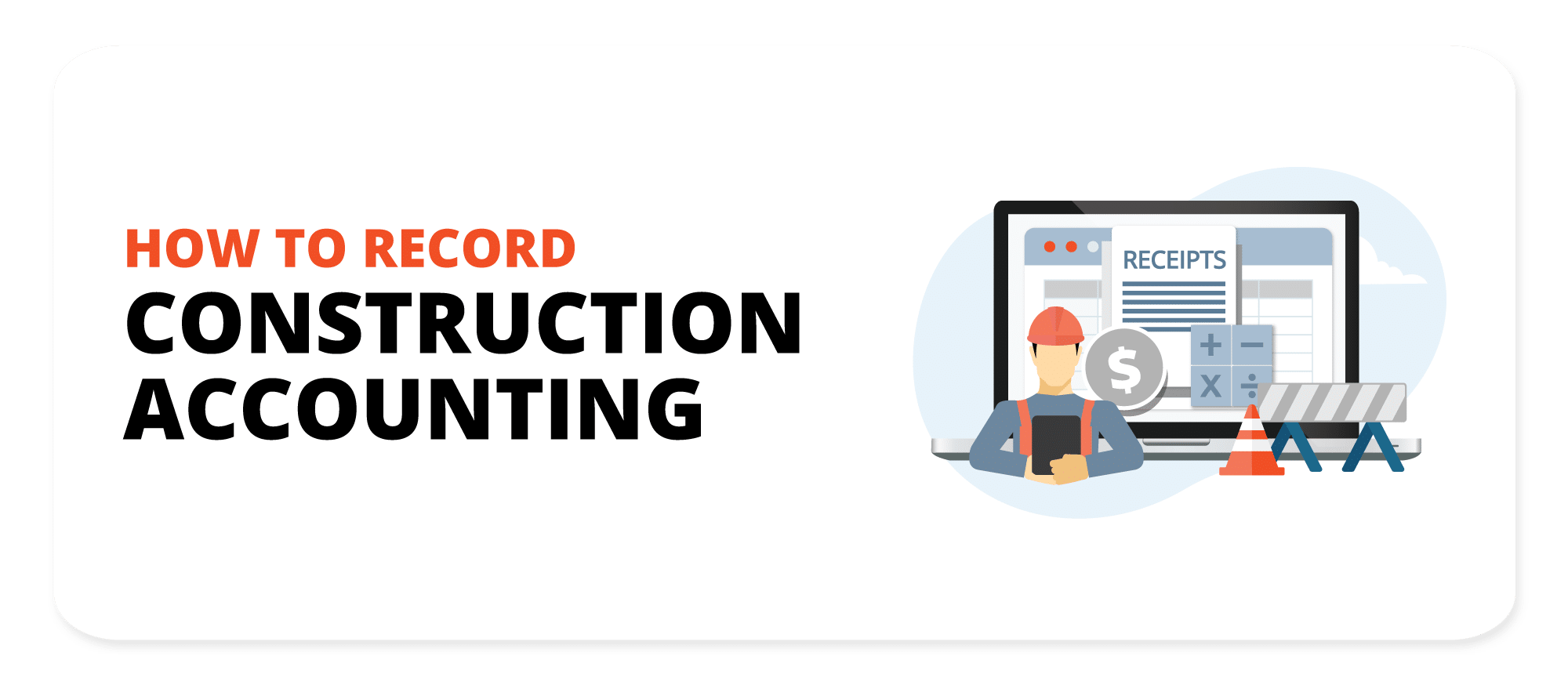Uncovering the Challenges and Answers in Modern Construction Accounting
Wiki Article
Mastering Building Bookkeeping: Essential Tips for Financial Success in the Industry
Grasping construction accountancy is a vital element for economic success within the industry, as it includes various methods that directly impact job earnings. Exploring these forgotten approaches may reveal possibilities that can transform your approach to building audit.Recognizing Building And Construction Accountancy Basics
Recognizing the fundamentals of building and construction audit is necessary for efficient task administration and economic oversight in the building sector. Building bookkeeping varies significantly from common accountancy practices as a result of the distinct challenges postured by project-based work, consisting of variable expenses, rising and fall timelines, and complex governing requirements.
A key element of building audit is work costing, which includes tracking expenditures for every certain project. This method enables service providers to properly examine earnings and make educated monetary choices. In addition, construction accounting incorporates using progression payment, where billings are issued based upon the portion of work finished, ensuring money circulation is maintained throughout the project lifecycle.
One more important component is the monitoring of change orders, which represent alterations to the initial agreement range. Correct paperwork and accountancy for these adjustments are essential to stop monetary conflicts and guarantee accurate task budgeting.
Last but not least, understanding the value of compliance with industry laws and tax requirements is critical. Precise financial coverage and adherence to accountancy standards not just secure versus lawful problems but likewise boost the integrity of building and construction firms. Grasping these essentials sets the structure for efficient monetary administration within the construction sector.
Effective Project Budgeting Techniques
Reliable project budgeting methods are crucial for ensuring that construction projects stay monetarily practical and on track. A well-structured budget acts as a roadmap, leading task supervisors via the intricacies of construction expenses. To begin, it is important to develop a thorough scope of job that describes all necessary jobs and deliverables. This clarity assists in properly estimating expenses.Following, employing historical information from previous tasks can dramatically enhance the accuracy of spending plan estimates. By examining previous expenses, groups can recognize expense trends and potential pitfalls. Furthermore, involving stakeholders throughout the budgeting procedure fosters openness and protects buy-in, which can mitigate disputes in the future.
On top of that, embracing a detailed line-item budget plan enables precise monitoring of costs related to materials, labor, and overhead. This granularity makes it possible for project supervisors to recognize differences early and adjust strategies as necessary. Additionally, incorporating contingency allocations within the spending plan can aid account for unpredicted expenditures, protecting the task against economic stress.
Finally, normal budget examines throughout the task lifecycle guarantee that monetary purposes stay lined up with project goals, facilitating timely interventions when necessary. Applying these strategies can considerably add to the economic health and success of building and construction tasks.
Simplifying Expense Tracking Procedures
Exact cost monitoring processes are crucial in the building and construction sector, as they regularly figure out the economic success of a job. Efficient tracking enables task managers to keep an eye on expenditures in real-time, ensuring they stay within budget plan and can make informed choices quickly. To enhance these processes, it is essential to take on a methodical strategy that integrates technology and well established procedures.First, using specific building bookkeeping software application can automate data entry and reporting, decreasing human mistake and increasing performance (construction accounting). Such software application frequently consists of functions for tracking labor, materials, and subcontractor costs, supplying a comprehensive view of task expenditures
Second, systematizing procedures for videotaping prices throughout jobs boosts consistency and streamlines evaluation. Developing a clear chart of accounts customized to the special needs of building and construction jobs can promote accurate categorization of costs.

Handling Cash Circulation Successfully
Taking check this site out care of capital effectively is a crucial component of monetary wellness in the building and construction sector, where tasks often include substantial ahead of time expenses and delayed payments. To effectively handle capital, building companies ought to carry out a robust budgeting process that anticipates both straight and indirect prices. This insight permits better planning and allowance of resources, making certain enough funds are readily available when required.Consistently monitoring money flow statements is important. By analyzing cash inflows and discharges, services can recognize trends and potential shortfalls. This method helps with prompt adjustments to costs or payment timetables, protecting against cash scarcities that could endanger project timelines.
In addition, establishing clear payment terms with customers can alleviate hold-ups in receivables. Think about carrying out milestone invoicing, where settlements are made upon reaching specific task phases (construction accounting). This method not only enhances capital but likewise cultivates transparency in financial purchases
Finally, keeping an economic padding or line of credit can supply a safety internet throughout lean periods. Utilizing these techniques will certainly cause an extra stable monetary foundation, enabling building and construction companies to browse the market's integral uncertainties with higher self-confidence.
Avoiding Usual Bookkeeping Mistakes
In the complex landscape of building and construction accountancy, preventing usual risks is crucial for keeping financial stability and project success. Construction projects typically involve various purchases, and stopping working to record them correctly can lead to discrepancies and economic losses.An additional pitfall is the mismanagement of modification orders. Change orders are a natural component of building and construction check my reference jobs, but without correct accountancy for these changes, business may have a hard time to redeem expenses. Establishing a clear procedure for recording and approving adjustment orders can minimize this risk.
In addition, ignoring to resolve accounts consistently can result in unreliable economic declarations and impede decision-making. Normal settlement makes sure that records straighten with bank statements and job documentation.
Last but not least, neglecting tax commitments can have severe repercussions. It is essential to stay informed concerning tax obligation regulations certain to the building and construction market, including sales tax on products and labor.
Verdict

Report this wiki page